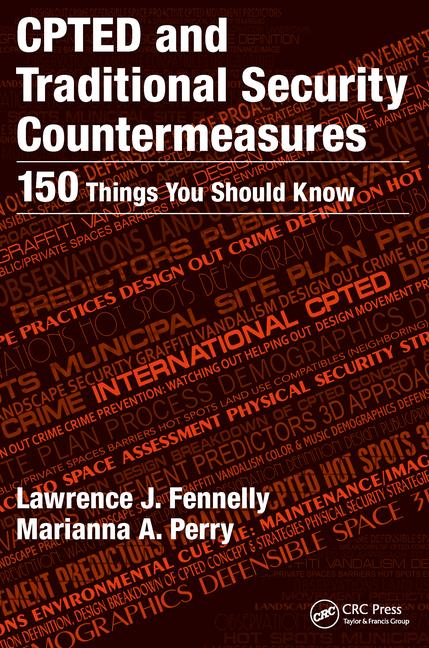Does Your CEO Know What's Keeping You Up at Night?


Michael A. Vatis

Jason M. Weinstein



As far too many companies victimized by data breaches can attest, we are in a “blame the victim” environment, where the breach victim is treated like an accessory to the crime. Time and time again, Congress, regulators, the courts and the media treat victim companies as if they are guilty until proven innocent, or rather “negligent until proven reasonable.”
Here, Jason M. Weinstein and Michael A. Vatis of the law firm Steptoe & Johnson LLP, share how they are helping their clients navigate cybersecurity issues.
Breach victims increasingly find themselves on the business end of class-action lawsuits alleging violations of state unfair competition and privacy laws, as well as contract- and negligence-based claims. And victim companies are also increasingly the target of investigations by the FTC and other federal regulators, as well as state Attorneys General.
Data privacy and security class-action lawyers are the ambulance-chasers of the 21st century, scouring the Web for reports of data breaches and alleged privacy violations and then racing to the courthouse to file complaints.
It’s a fact of life that there’s a good chance you will get breached – and if you get breached, there’s a great chance you will get sued. So the true costs of responding to cyberattacks include not just the immediate expense associated with forensic investigations and customer notification and assistance, but also the long-term expense of defending against these lawsuits and enforcement actions. The decisions a company makes both before a breach occurs and in the immediate aftermath of an incident can have a significant impact on its exposure. More than ever, preparing for and responding to a breach means thinking about litigation.
For that reason, law firms are taking an increasing role in cybersecurity, working as a team with technologists and company executives before a problem arises, and not just when the incident occurs or the first lawsuit gets filed.
It’s never been more important for companies to take proactive steps to review their data privacy and security posture before a breach occurs. This kind of proactive review – including legal, technical and administrative measures – should be conducted under the auspices of outside counsel, to ensure the protection of the attorney-client privilege. Not only will such a review help reduce the risks of a breach, but it also will be an important part of the company’s defense in the litigation and enforcement proceedings that inevitably will follow. Simply put, regulators and courts will be far less likely to blame the victim company for the breach if that company can demonstrate the steps it took in advance to protect its data and reduce its cyber risks.
At our firm, we’ve made tabletop exercises that simulate a data breach a key feature of our pre-breach services to clients. As we’ve all seen so many times over the past several years, effective incident response can go a long way toward assuring regulators and the public that a company that has been the victim of a breach is on top of the situation. But poor incident response can make an already bad situation much, much worse. Most companies that have incident response plans have never tested them, and the time to test your response plan and team is now, before a breach occurs. As the saying goes, “no plan survives contact with the enemy,” so it’s important to make sure your plan is battle-tested and improved, so you can be confident that your plan will work when you really need it.
When we do these exercises, we design scenarios that are tailored to the network and operations of the particular client. To do that, we make a practice of sitting down with IT and security professionals, who understand the cyber-related risks facing their companies better than anyone. Recently, as we prepared for a particularly challenging tabletop, we were struggling to come up with a scenario that made sense – until a lightbulb went off and we asked the network security chief, “What keeps you up at night?”
The answer blew us away. He asked, “How do you want them listed? In order of scariness? By business unit affected? Alphabetically?” We went with “order of scariness,” and he proceeded to describe them in detail for the next two hours, barely coming up for air along the way.
We based the exercise closely on several of his nightmares, and the result was a very useful exercise for the client. But the exercise also gave us an opportunity to highlight for the company’s senior leadership that their security professionals were losing sleep over scenarios that most other executives would not have dreamed of.
"What keeps you up at night?” is now the first question we ask, not the last. And it’s a question that directors and officers should regularly be asking their cybersecurity professionals. Because what’s keeping your cybersecurity professionals up tonight could be a nightmare for your entire company down the road.
Looking for a reprint of this article?
From high-res PDFs to custom plaques, order your copy today!











